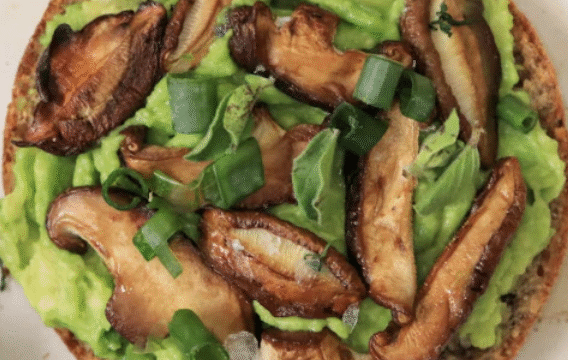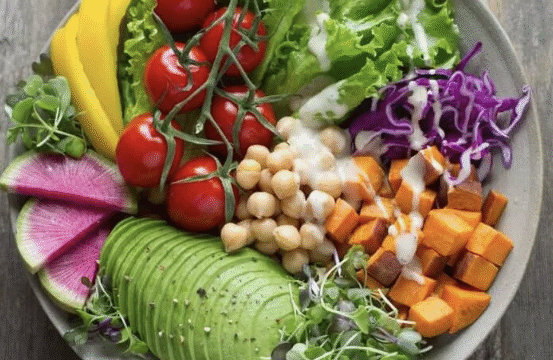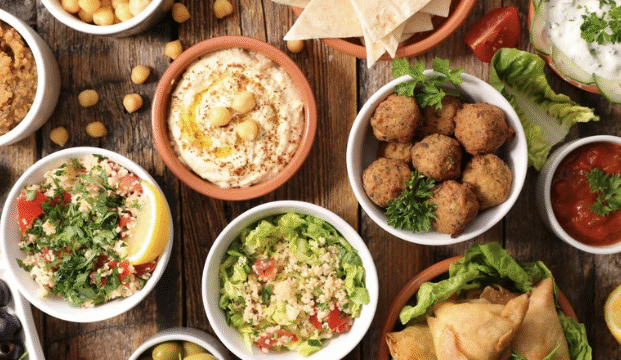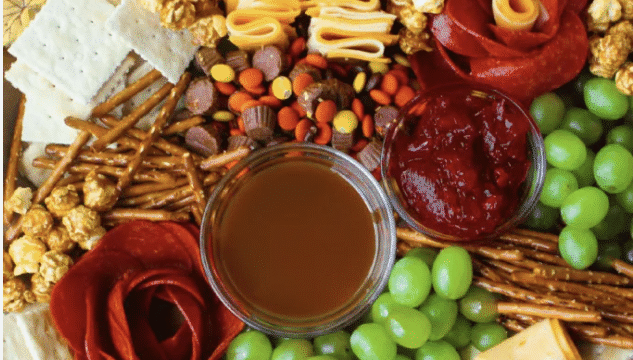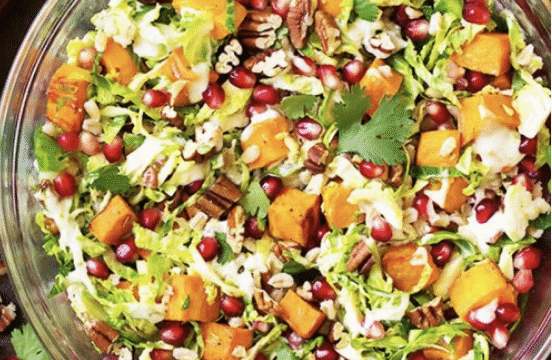Helping children develop healthy snacking habits doesn’t have to be a battle. By introducing fun, age-appropriate lessons and setting a positive example, parents and caregivers can guide kids toward nutritious choices that support growth and energy. Here’s how to make healthy snacking a natural part of everyday life.
1. Start with Conversations, Not Commands
Instead of simply saying “That’s not healthy,” try asking open-ended questions like:
-
“What do you think gives us energy?”
-
“How do different foods make you feel?”
These gentle prompts encourage curiosity and critical thinking. Make it a two-way conversation to avoid food shaming or labeling foods as “good” or “bad.”
2. Teach What “Healthy” Means in Kid Terms
Use simple language like:
-
“This snack helps our muscles.”
-
“That one gives us quick energy, but doesn’t last long.”
You can also talk about food groups through colorful visuals or fun songs. Keep it upbeat and age-appropriate.
3. Use Snack Time as a Teachable Moment
Turn snack prep into a mini-lesson. For example:
-
Ask them to help build a balanced plate.
-
Let them choose one fruit, one protein, and one crunchy veggie.
-
Talk about what each part does for their body.
Letting kids participate builds pride and independence.
4. Lead by Example
Children notice what adults eat and how they talk about food. Be mindful of your own snacking habits and language. Avoid phrases like “I shouldn’t eat this” or “This is a cheat.” Show excitement about nutritious options instead.
5. Make Healthy Snacks Fun and Accessible
Keep nutritious foods at eye level in the fridge or pantry. Ideas include:
-
Fruit slices in fun shapes
-
Veggies with colorful dips
-
DIY yogurt parfaits with whole grain cereal and berries
Let kids “shop” from a small selection of healthy options to give them a sense of control.
6. Avoid Pressure or Food Battles
Forcing kids to eat something “because it’s healthy” can create resistance. Instead, offer variety and let them explore at their own pace. Keep offering new foods without pressure—they often come around after repeated exposure.
7. Celebrate Small Wins
Did your child try a new fruit or swap chips for trail mix? Celebrate the effort, not just the outcome. Praise curiosity, tasting, and creativity. Positive reinforcement works better than restriction or reward-based food systems.
8. Use Stories, Games, and Books
There are plenty of books, puzzles, and games designed to teach nutrition in an engaging way. Create your own food superhero stories or play “snack sorting” games with toy food or flashcards.

